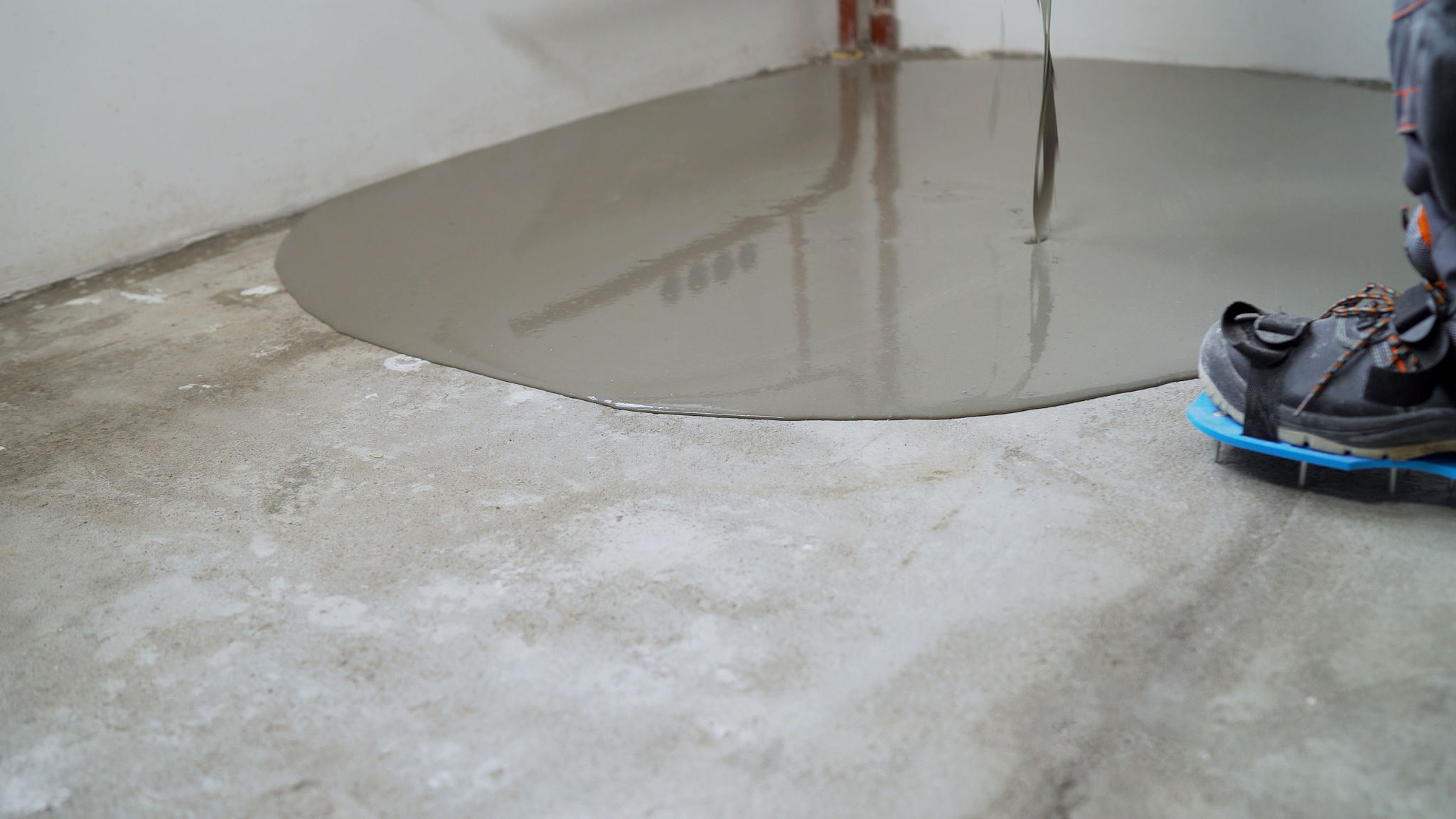Common Drywall Repair Mistakes and How to Avoid Them
Understanding the Basics of Drywall Repair
Drywall repair might seem straightforward, but there are several common mistakes that can lead to unsightly results or even structural issues. Understanding the basic principles of drywall repair is essential for achieving a smooth, professional finish. Whether you're patching a small hole or replacing an entire section, following best practices will ensure a successful outcome.

Choosing the Wrong Type of Joint Compound
One frequent mistake is selecting the incorrect joint compound. There are different types available, such as lightweight, all-purpose, and setting compounds. Each has specific uses, and choosing the wrong one can affect the durability and appearance of the repair. All-purpose compound is versatile and suitable for most repairs, but for faster drying times, a setting compound might be more appropriate.
Neglecting Proper Surface Preparation
Before applying any compound, it's crucial to properly prepare the surface. Failing to clean and sand the area can lead to poor adhesion and a bumpy finish. Make sure to remove any loose drywall or debris and lightly sand the edges around the damaged area. This step ensures that the compound adheres well and blends seamlessly with the surrounding wall.

Avoiding Over-Application of Compound
Applying too much compound is a common error that can result in a noticeable bulge on the wall. It's important to apply thin layers and allow each to dry completely before adding another. This method not only prevents bulging but also reduces sanding time later on. Remember, less is often more when it comes to applying joint compound.
Skipping Sanding Between Layers
Sanding between layers of compound is crucial for achieving a smooth finish. Many DIY enthusiasts skip this step to save time, resulting in a lumpy surface. Use fine-grit sandpaper to gently smooth each layer before applying the next. This attention to detail will significantly improve the final appearance of your repair.

Using Incorrect Tools
The tools you use can make a significant difference in the quality of your drywall repair. Common tools include taping knives, sandpaper, and sanding blocks. Avoid using putty knives not designed for drywall work, as they might cause uneven application or damage the wall further. Invest in the right tools for a more professional finish.
Ignoring Primer Application
Primer is an often-overlooked component of drywall repair. Skipping primer can lead to an uneven paint job with visible patches or discoloration. Applying a coat of primer before painting ensures that the paint adheres evenly and maintains its color consistency across the entire wall surface.

Conclusion: Achieving a Professional Finish
Avoiding these common mistakes can significantly improve the outcome of your drywall repair efforts. By selecting the right materials, preparing surfaces thoroughly, applying compound correctly, and using proper tools, you can achieve a smooth, professional-looking finish that blends seamlessly with your existing walls. Remember that patience and attention to detail are key components in any successful DIY project.
